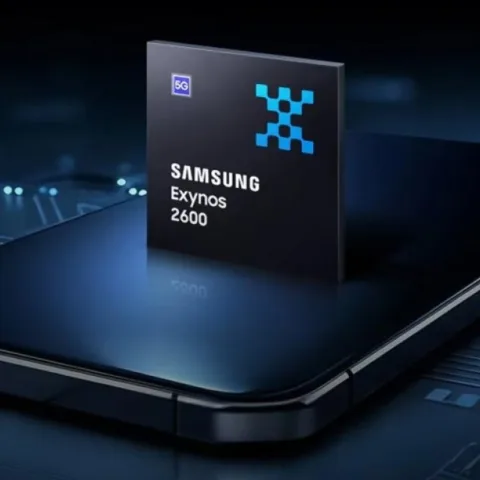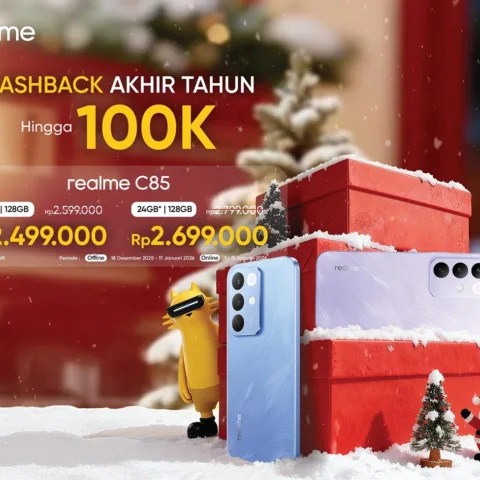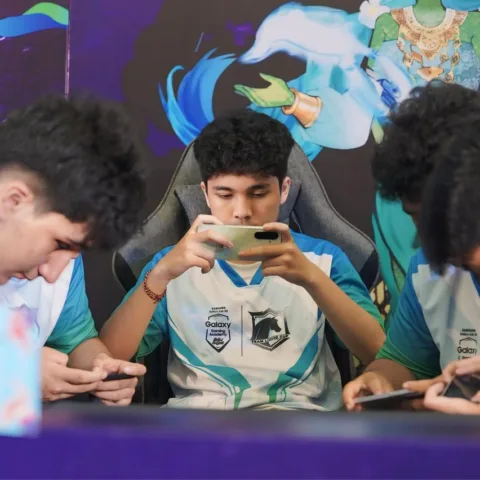In the digital era, a cashless lifestyle is the future — or already the present — for many countries. In Indonesia for instance, a form of cashless payment method, card-based e-money, was introduced to fishermen in August this year.
Business players, including banks and telecommunications companies, have been trying to innovate to reach bigger audiences. Amid the growing efforts, the question remains: What is the current situation surrounding e-money growth in Indonesia?
Here are some current developments in cashless transaction methods.
E-money adoption by transportation sector
Public transportation has turned out to be the sector that has adopted e-money the most. Card-based e-money usage is now commonly found on Transjakarta public buses, the commuter line train service and toll gate payments, with Bank Mandiri and Flazz BCA cards being the main players. Paying parking and food bills are also a common use for BCA e-money.
In terms of nominal transactions, Bank Mandiri reportedly saw Rp 2.5 trillion (US$191.13 million) in income from its card-based e-money usage in 2015, while BCA brought in Rp 1 trillion through the same method.
Server-based e-money growing
Server-based e-money has started to see a place in Indonesia. BCA director Santoso Liem explained that the bank’s one-year-old Sakuku (server-based e-money) had been used by 135,000 people with an average of 80,000 to 90,000 transactions per month. The most popular uses were for phone credit, offline shopping and money withdrawals, he noted.
Meanwhile, Mandiri Capital Indonesia (MCI) commissioner Rahmat Broto Triaji said the bank planned to expand the availability of its e-cash (server-based e-money) with a target of 1,300 merchants next year. Mandiri has also signed a partnership with messenger application Line in the hope of bridging users with 300,000 offline and online shops registered in the application.
Safety and protection
It’s reported that the safety of card-based e-money was not ensured by any parties, even its host bank. “Since the beginning, card-based e-money has not been designed with consumer protection,” said Boedi Armanto, the Financial Services Authority’s (OJK) deputy commissioner for banking supervision II.
A security measure taken by Bank Indonesia is to limit money input, which is up to Rp 1 million per card. Meanwhile, server-based e-money, which is limited to Rp 10 million, has different safety measures as it uses a membership method.
–
Disclosure: The original article is in Indonesian and syndicated in English by The Jakarta Post













